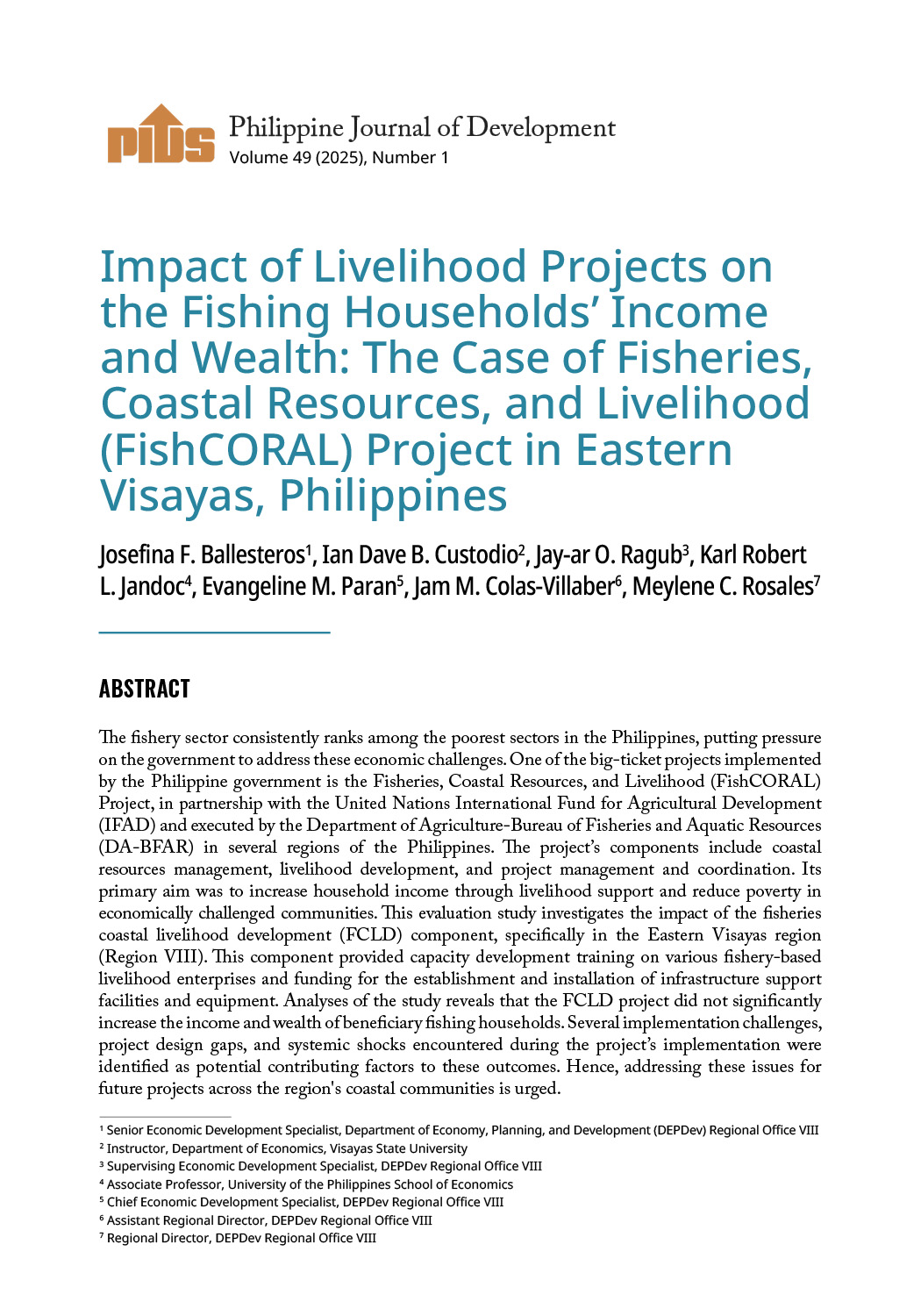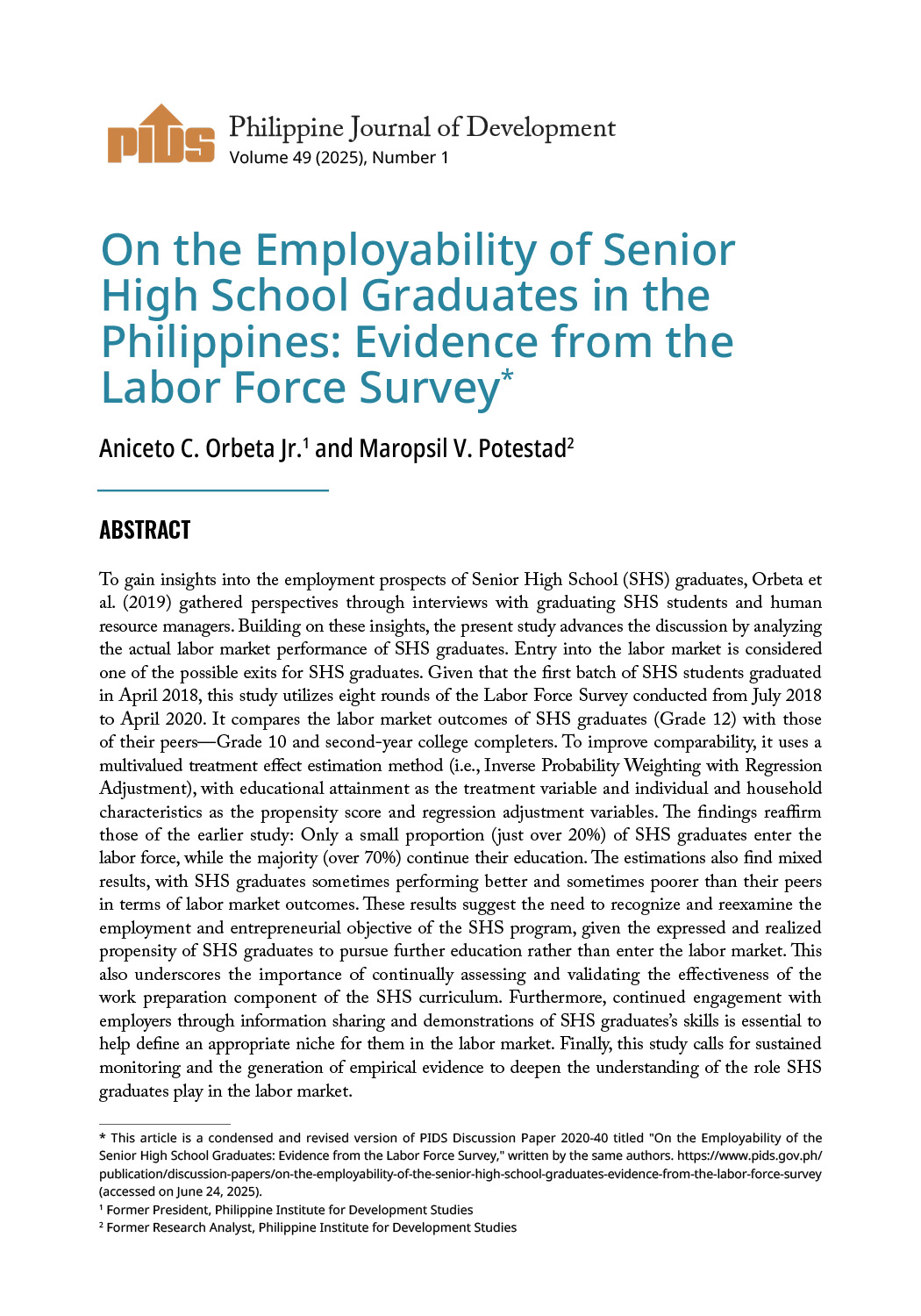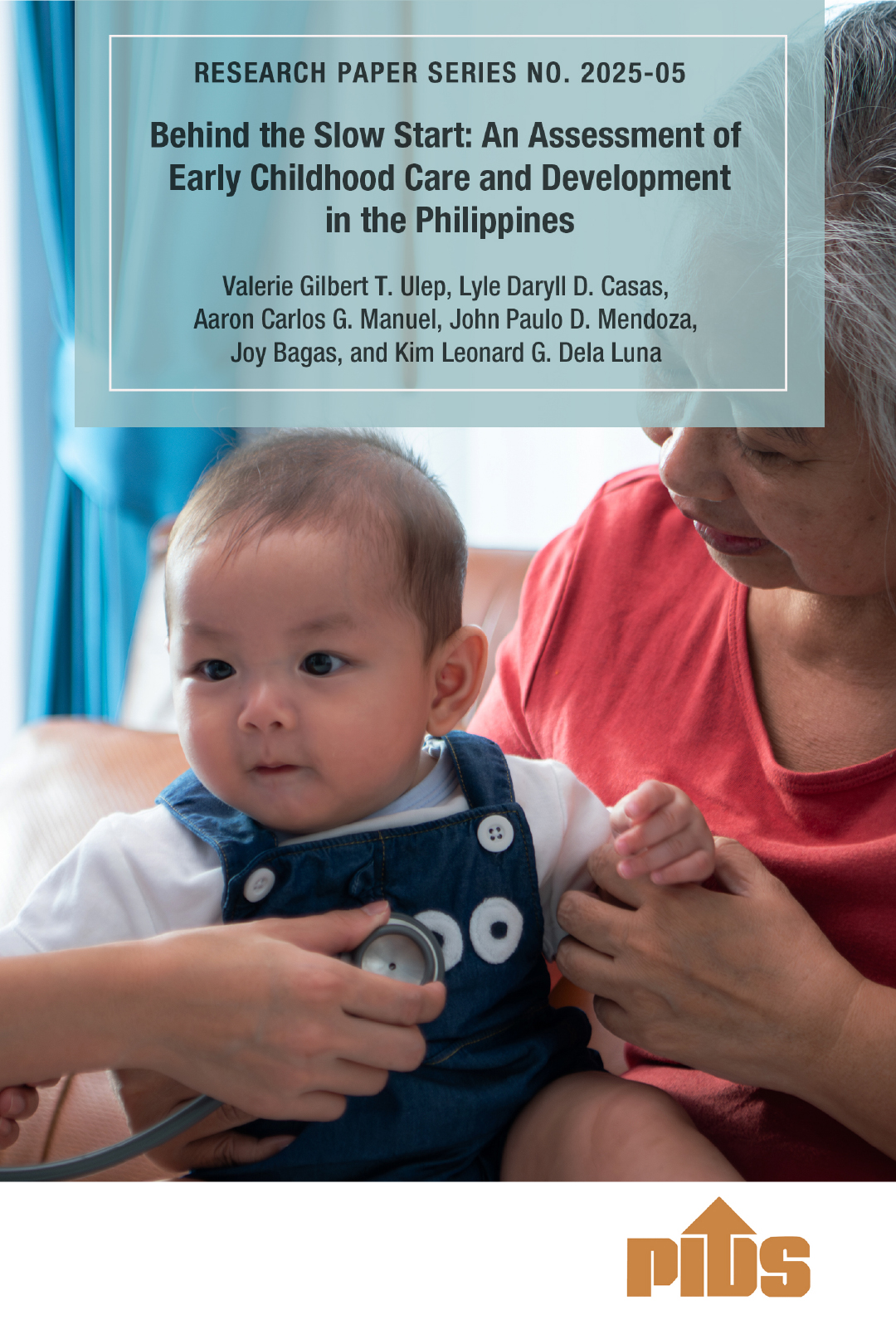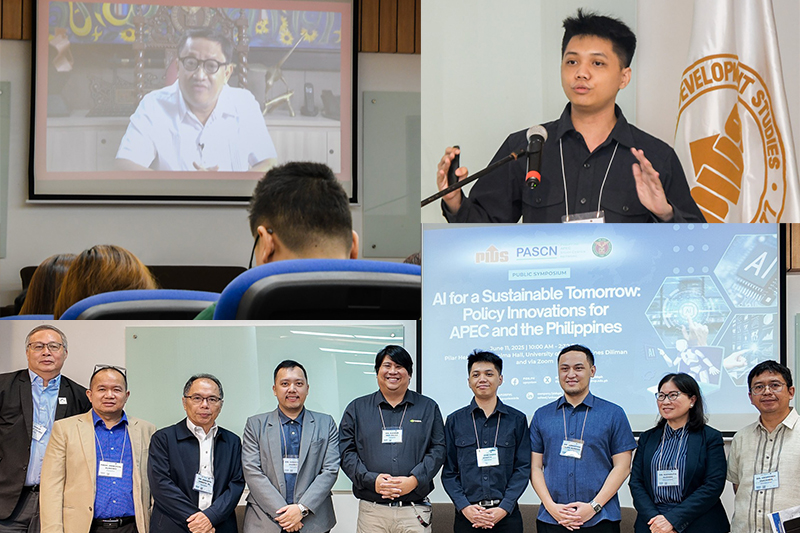When talking about income inequality in the Philippines, the discussion would always focus on the poor vs. rich divide. But now, in the time of COVID-19 and the government-imposed lockdown, it has shifted to the poor vs. middle class.
There seems to be a virtual war between social classes on social media. Low-income families have been receiving relief goods and cash aid. On the other hand, middle-class households hardly receive government assistance. Not everyone is happy about the situation.
This raises the question: Who should the government help more, the poor or the middle class?
Before we get to that, it’s important to understand first the different social classes in the Philippines.
What is the Meaning of Social Class?
Contrary to popular belief, social class is more than just about how much money you’re making.
Sociologists define social class as a group of people with similar socioeconomic status or standing within the society based on the level of income, education, and occupation.
Social classes range from low to high and often reveal inequalities in terms of power, influence, and access to resources.
Which Social Class Are You?
Types of Social Class in the Philippines
Three primary social classes exist in the Philippines: the low-income class, the middle-income class, and the high-income class.
The latest Family Income and Expenditure Survey[1] by the Philippine Statistics Authority (PSA) shows that majority (58.4%) of Filipinos belong to the low-income class, while the middle class comprises around 40% of the population. Only 1.4% fall in the high-income class.
The Philippine Institute for Development Studies (PIDS), the government’s socio-economic policy think tank, notes that the low-income class has a bigger share of the population because they tend to have larger families than other social classes.
The middle class is further classified into lower, middle, and upper middle-income classes.
In between the poor and the middle class is another social class called the low-income class—they’re not middle class but not considered poor.
And then there’s the upper-income class in between the middle class and the rich. Although people in this social class make six-digit figures monthly, they’re not considered among the elite group of the wealthiest in the Philippines.
For policy-making and public service purposes, the Philippine government looks at the per capita income (in relation to the poverty threshold) to classify the income level of its citizens and to assess their standard of living.
The current official poverty threshold in the Philippines is PHP 10,481, which is the minimum amount [2] a family of five needs in a month to buy their basic food and non-food items. If your family income is higher than the poverty threshold, the government doesn’t consider you poor.
Wondering what social class you’re in? Your guess might not match the government’s definition of social classes.
Who Exactly is the Middle Class?
How do you know if you’re middle class? Is it the clothing brands you wear? The places you’ve traveled to?
The government defines the middle class as those earning incomes between two to 12 times the poverty line. This means if your family income is between around PHP 21,000 and PHP 125,000, you fall in the middle-income class.
When talking about income inequality in the Philippines, the discussion would always focus on the poor vs. rich divide. But now, in the time of COVID-19 and the government-imposed lockdown, it has shifted to the poor vs. middle class.
There seems to be a virtual war between social classes on social media. Low-income families have been receiving relief goods and cash aid. On the other hand, middle-class households hardly receive government assistance. Not everyone is happy about the situation.
This raises the question: Who should the government help more, the poor or the middle class?
Before we get to that, it’s important to understand first the different social classes in the Philippines.
What is the Meaning of Social Class?
Contrary to popular belief, social class is more than just about how much money you’re making.
Sociologists define social class as a group of people with similar socioeconomic status or standing within the society based on the level of income, education, and occupation.
Social classes range from low to high and often reveal inequalities in terms of power, influence, and access to resources.
Which Social Class Are You?
Types of Social Class in the Philippines
Three primary social classes exist in the Philippines: the low-income class, the middle-income class, and the high-income class.
The latest Family Income and Expenditure Survey[1] by the Philippine Statistics Authority (PSA) shows that majority (58.4%) of Filipinos belong to the low-income class, while the middle class comprises around 40% of the population. Only 1.4% fall in the high-income class.
The Philippine Institute for Development Studies (PIDS), the government’s socio-economic policy think tank, notes that the low-income class has a bigger share of the population because they tend to have larger families than other social classes.
The middle class is further classified into lower, middle, and upper middle-income classes.
In between the poor and the middle class is another social class called the low-income class—they’re not middle class but not considered poor.
And then there’s the upper-income class in between the middle class and the rich. Although people in this social class make six-digit figures monthly, they’re not considered among the elite group of the wealthiest in the Philippines.
For policy-making and public service purposes, the Philippine government looks at the per capita income (in relation to the poverty threshold) to classify the income level of its citizens and to assess their standard of living.
The current official poverty threshold in the Philippines is PHP 10,481, which is the minimum amount [2] a family of five needs in a month to buy their basic food and non-food items. If your family income is higher than the poverty threshold, the government doesn’t consider you poor.
Wondering what social class you’re in? Your guess might not match the government’s definition of social classes.
Who Exactly is the Middle Class?
How do you know if you’re middle class? Is it the clothing brands you wear? The places you’ve traveled to?
The government defines the middle class as those earning incomes between two to 12 times the poverty line. This means if your family income is between around PHP 21,000 and PHP 125,000, you fall in the middle-income class.
There seems to be a virtual war between social classes on social media. Low-income families have been receiving relief goods and cash aid. On the other hand, middle-class households hardly receive government assistance. Not everyone is happy about the situation.
This raises the question: Who should the government help more, the poor or the middle class?
Before we get to that, it’s important to understand first the different social classes in the Philippines.
What is the Meaning of Social Class?
Contrary to popular belief, social class is more than just about how much money you’re making.
Sociologists define social class as a group of people with similar socioeconomic status or standing within the society based on the level of income, education, and occupation.
Social classes range from low to high and often reveal inequalities in terms of power, influence, and access to resources.
Which Social Class Are You?
Types of Social Class in the Philippines
Three primary social classes exist in the Philippines: the low-income class, the middle-income class, and the high-income class.
The latest Family Income and Expenditure Survey[1] by the Philippine Statistics Authority (PSA) shows that majority (58.4%) of Filipinos belong to the low-income class, while the middle class comprises around 40% of the population. Only 1.4% fall in the high-income class.
The Philippine Institute for Development Studies (PIDS), the government’s socio-economic policy think tank, notes that the low-income class has a bigger share of the population because they tend to have larger families than other social classes.
The middle class is further classified into lower, middle, and upper middle-income classes.
In between the poor and the middle class is another social class called the low-income class—they’re not middle class but not considered poor.
And then there’s the upper-income class in between the middle class and the rich. Although people in this social class make six-digit figures monthly, they’re not considered among the elite group of the wealthiest in the Philippines.
For policy-making and public service purposes, the Philippine government looks at the per capita income (in relation to the poverty threshold) to classify the income level of its citizens and to assess their standard of living.
The current official poverty threshold in the Philippines is PHP 10,481, which is the minimum amount [2] a family of five needs in a month to buy their basic food and non-food items. If your family income is higher than the poverty threshold, the government doesn’t consider you poor.
Wondering what social class you’re in? Your guess might not match the government’s definition of social classes.
Who Exactly is the Middle Class?
How do you know if you’re middle class? Is it the clothing brands you wear? The places you’ve traveled to?
The government defines the middle class as those earning incomes between two to 12 times the poverty line. This means if your family income is between around PHP 21,000 and PHP 125,000, you fall in the middle-income class.
When talking about income inequality in the Philippines, the discussion would always focus on the poor vs. rich divide. But now, in the time of COVID-19 and the government-imposed lockdown, it has shifted to the poor vs. middle class.
There seems to be a virtual war between social classes on social media. Low-income families have been receiving relief goods and cash aid. On the other hand, middle-class households hardly receive government assistance. Not everyone is happy about the situation.
This raises the question: Who should the government help more, the poor or the middle class?
Before we get to that, it’s important to understand first the different social classes in the Philippines.
What is the Meaning of Social Class?
Contrary to popular belief, social class is more than just about how much money you’re making.
Sociologists define social class as a group of people with similar socioeconomic status or standing within the society based on the level of income, education, and occupation.
Social classes range from low to high and often reveal inequalities in terms of power, influence, and access to resources.
Which Social Class Are You?
Types of Social Class in the Philippines
Three primary social classes exist in the Philippines: the low-income class, the middle-income class, and the high-income class.
The latest Family Income and Expenditure Survey[1] by the Philippine Statistics Authority (PSA) shows that majority (58.4%) of Filipinos belong to the low-income class, while the middle class comprises around 40% of the population. Only 1.4% fall in the high-income class.
The Philippine Institute for Development Studies (PIDS), the government’s socio-economic policy think tank, notes that the low-income class has a bigger share of the population because they tend to have larger families than other social classes.
The middle class is further classified into lower, middle, and upper middle-income classes.
In between the poor and the middle class is another social class called the low-income class—they’re not middle class but not considered poor.
And then there’s the upper-income class in between the middle class and the rich. Although people in this social class make six-digit figures monthly, they’re not considered among the elite group of the wealthiest in the Philippines.
For policy-making and public service purposes, the Philippine government looks at the per capita income (in relation to the poverty threshold) to classify the income level of its citizens and to assess their standard of living.
The current official poverty threshold in the Philippines is PHP 10,481, which is the minimum amount [2] a family of five needs in a month to buy their basic food and non-food items. If your family income is higher than the poverty threshold, the government doesn’t consider you poor.
Wondering what social class you’re in? Your guess might not match the government’s definition of social classes.
Who Exactly is the Middle Class?
How do you know if you’re middle class? Is it the clothing brands you wear? The places you’ve traveled to?
The government defines the middle class as those earning incomes between two to 12 times the poverty line. This means if your family income is between around PHP 21,000 and PHP 125,000, you fall in the middle-income class.












